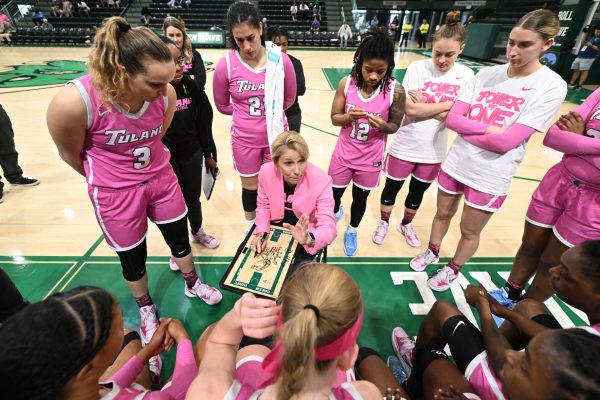Campus accessibility needs further improvement
March 9, 2016
With the recent installation of audible crosswalks at the intersections of Willow and Freret streets with McAlister Drive, Tulane showed initiative in making campus accessible to those with physical disabilities. While the signaling devices at crosswalks are a step in the right direction for campus accessibility, much more can be done to accommodate those with physical disabilities.
It’s unsurprising that Tulane has an accessibility problem, as this is a huge problem in all of New Orleans. Not even all the public transportation in the city is wheelchair accessible — the red streetcars on the Canal Street Line and Riverfront Line offer wheelchair accommodation but the iconic green ones on St. Charles Avenue do not. Anyone who has walked a block in this city can easily imagine the difficultly of navigating its sidewalks in a wheelchair or on crutches. This is why Tulane should be doing everything it can to lead the city in this initiative.
While some projects may require more time, money and bureaucratic endurance — such as installing elevators in buildings like Aron Residences and the Norman Mayer Building — other solutions are less expensive and easier to introduce, like installing audible crosswalks at more intersections around campus or increasing the number of wheelchair ramps into buildings. Speeding up the process of the Office of Disability Services to approve students for rooms better fitted for their accessibility needs would greatly improve overall campus accessibility as well.
Tulane is clearly taking the initiative to improve campus accessibility, not just in the form of audible crosswalks, but also in the restructuring of the ODS into the Goldman Center of Student Accessibility. There’s still a long way to go, however, and Tulane must reconsider campus accessibility as an absolute requirement rather than a legal obligation.
http://www.norta.com/Getting-Around/Our-Streetcars.aspx
News transcripts/things – ask David





















Leave a Comment